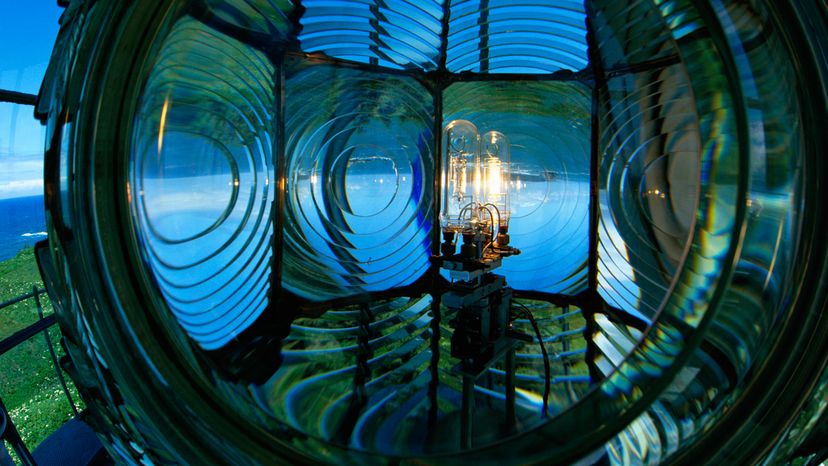
Ever gazed at a lighthouse beam and wondered how it shines so brightly across vast distances? Or perhaps you've used a thin plastic magnifier and been amazed at its ability to enlarge tiny text?
The magic behind the lighthouse lense and these other wonders is the Fresnel lens. Let's dive into the fascinating world of this unique lens and discover how it works.
Advertisement